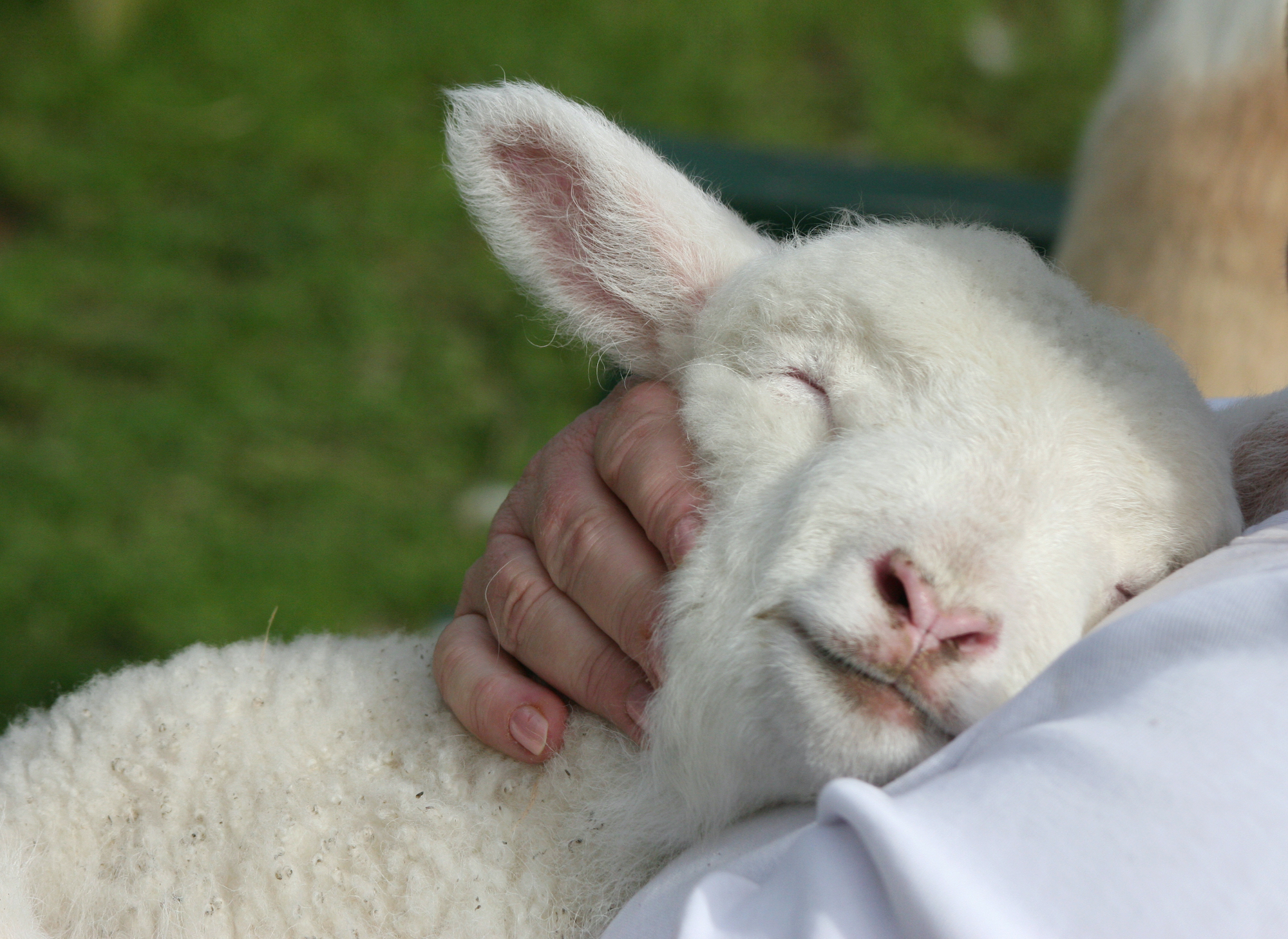-
Racing Australia. (2022). Racing Australia Factbook 2022. https://publishingservices.racingaustralia.horse/Newsletters/2022_Racing_Australia_Fact_Book/
-
Crawford, K. L., Finnane, A., Greer, R. M., Phillips, C. J. C., Woldeyohannes, S. M., Perkins, N. R., & Ahern, B. J. (2020). Appraising the Welfare of Thoroughbred Racehorses in Training in Queensland, Australia: The Incidence and Type of Musculoskeletal Injuries Vary between Two-Year-Old and Older Thoroughbred Racehorses. Animals, 10(11), 2046. https://doi.org/10.3390/ani10112046
-
Jockey Dean Holland dies after fall during race in western Victoria. (2023, April 24). ABC News. http://www.abc.net.au/news/2023-04-24/jockey-dean-holland-dies-after-donald-horse-race-fall-victoria/102261378
-
Coalition for the Protection of Racehorses (CPR). (2023). Deathwatch 2023 Report. https://horseracingkills.com/wp-content/uploads/2023/10/DeathWatch2023.pdf
-
Nath, L., Stent, A., Elliott, A., La Gerche, A., & Franklin, S. (2022). Risk Factors for Exercise-Associated Sudden Cardiac Death in Thoroughbred Racehorses. Animals, 12(10), 1297. https://doi.org/10.3390/ani12101297
-
Tong, L., Stewart, M., Johnson, I., Appleyard, R., Wilson, B., James, O., Johnson, C., & McGreevy, P. (2020). A Comparative Neuro-Histological Assessment of Gluteal Skin Thickness and Cutaneous Nociceptor Distribution in Horses and Humans. Animals, 10(11), 2094. https://doi.org/10.3390/ani10112094
-
Racing body charges Melbourne Cup winner Darren Weir over alleged use of jigger. (2023, September 14). ABC News. https://www.abc.net.au/news/2023-09-14/melbourne-cup-winner-darren-weir-faces-fresh-charges/102857034
-
McGreevy, P., & Boakes, R. (2019, Feb 5). The shocking use of “jiggers” in horse racing. The Conversation. https://theconversation.com/the-shocking-use-of-jiggers-in-horse-racing-111176
-
Exercise-induced Pulmonary Hemorrhage in Horses – Respiratory System. (n.d.). Veterinary Manual. https://www.msdvetmanual.com/respiratory-system/respiratory-diseases-of-horses/exercise-induced-pulmonary-hemorrhage-in-horses
-
Thomson, P., Hayek, A., Jones, B., Evans, D., & McGreevy, P. (2014). Number, causes and destinations of horses leaving the Australian Thoroughbred and Standardbred racing industries. Australian Veterinary Journal, 92(8), 303–311. https://doi.org/10.1111/avj.12204
-
Wahlquist, C. (2019, June 5). Winx’s brother among Australian racehorses killed for meat in South Korea. The Guardian. https://www.theguardian.com/world/2019/jun/06/winxs-brother-among-australian-racehorses-killed-for-meat-in-south-korea
-
Doughty, A. (2008). An epidemiological survey of the dentition and foot condition of slaughtered horses in Australia. https://kb.rspca.org.au/wp-content/uploads/2019/01/Slaughter-of-horses-Doherty-%E2%80%93-RSPCA-Research-Report-June-2008.pdf












